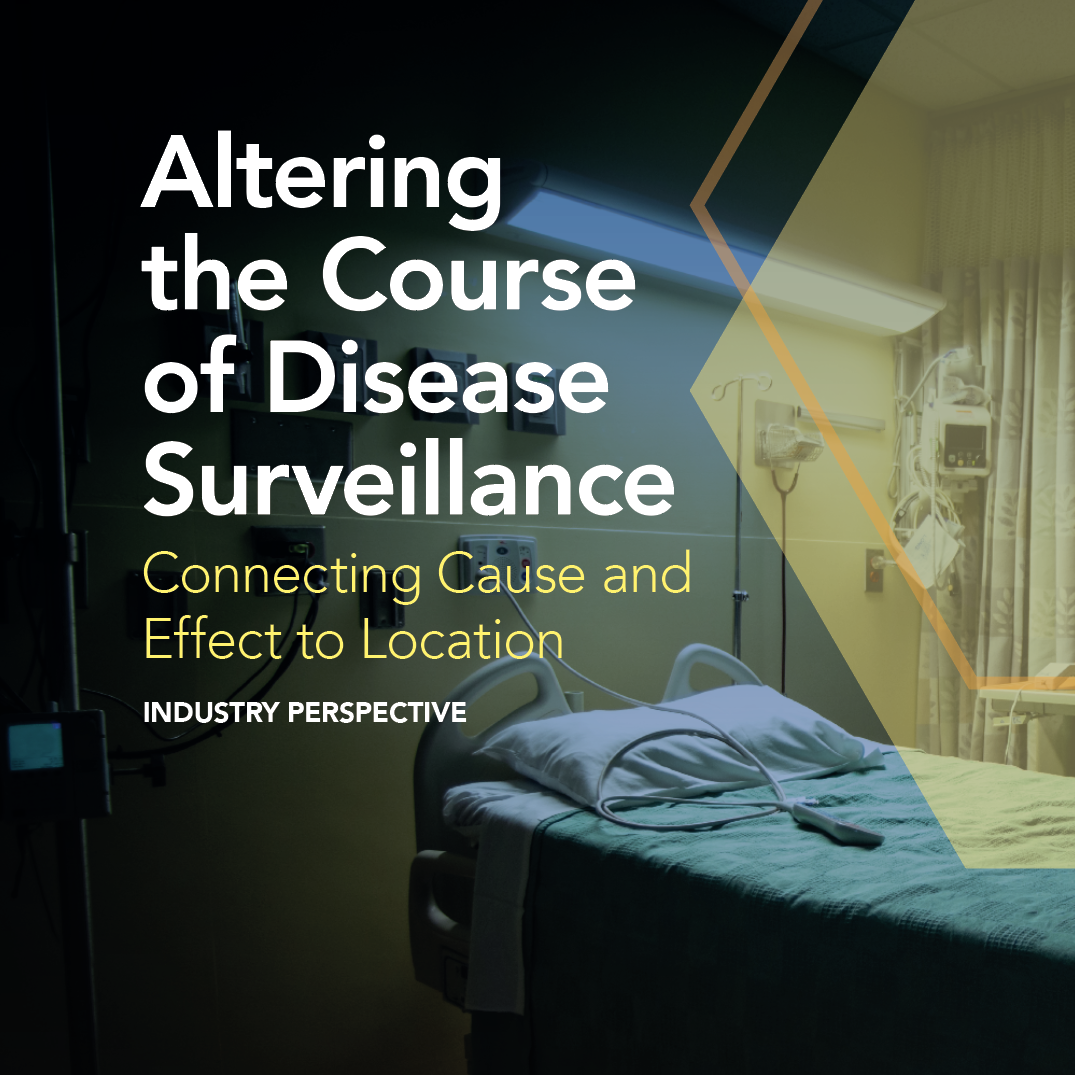
Download the new report to learn how:
- The New York City Department of Health and Mental Hygiene is working to mitigate infectious disease outbreaks. - Kaiser Permanente evaluated causes of uncontrolled diabetes.
- Rancho Cucamonga decreased obesity rates by 13 percent with GIS.
The time to change course and modernize how we think about disease surveillance is now. Location has always been a critical foundation for connecting location of outbreaks to the source and spread. The ability to effectively visualize and analyze data, such as climate and environmental factors or issues and determine how they affect the spread of disease, can slow or even prevent an outbreak.
Geographic information systems (GIS) are critical to making this happen. With GIS, agencies can take integrated approach to collecting information, analyzing patterns, communicating the results and monitoring progress.
In our new report, we explore how organizations are using GIS to improve disease surveillance and the health of their communities.


